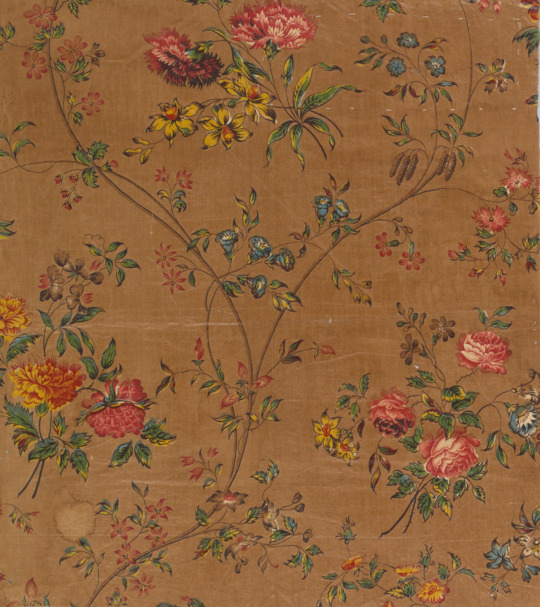#cooper hewitt
Text

Richard Landis, Signal, (mercerized cotton double weave), 1977 [Cooper Hewitt, Smithsonian Design Museum, New York, NY. © Richard Landis]
1K notes
·
View notes
Text

Wrought Iron Gates formerly in the entrance to the executive offices at the Chanin Building in New York City, USA
Designed by René Chambellan in 1928
Later donated in 1993 to the Cooper Hewitt Museum by Marcy Chanin
Photo from Cooper Hewitt
#art deco#art deco design#art deco style#art deco architecture#automotive#chanin building#cooper hewitt#New York city
301 notes
·
View notes
Text
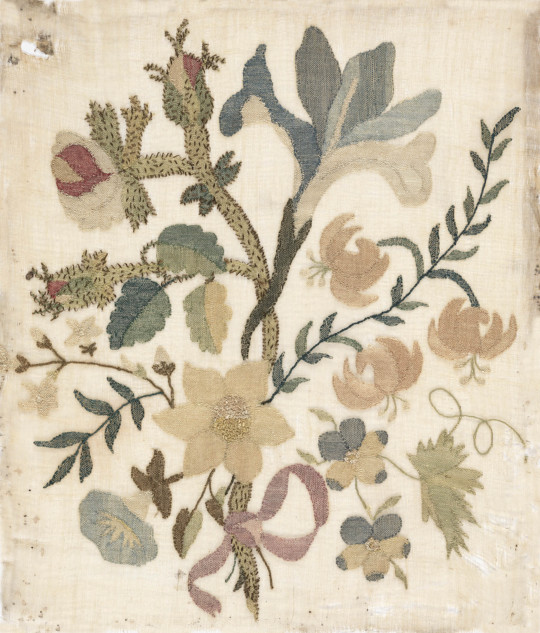
Sampler (England), early 19th century, silk.
559 notes
·
View notes
Text
For #NationalPeacockDay here are the prettiest peacocks from the Cooper Hewitt collection:

Purse, 1910-30; Designed by M.E.D. Jenkinson, Grace Hazen (American, 1874-1940); silk, glass beads, metal, cotton; H 40.3 x W 23.5 x D 3.8 cm (15 7/8 x 9 1/4 x 1 1/2 in.) (w/handle)

Sidewall, The Cedar Tree, 1910; Manufactured by Arthur Sanderson & Sons, Ltd. (UK); England; block-printed paper; H 170.5 x W 57 cm (67 1/8 x 22 7/16 in.)
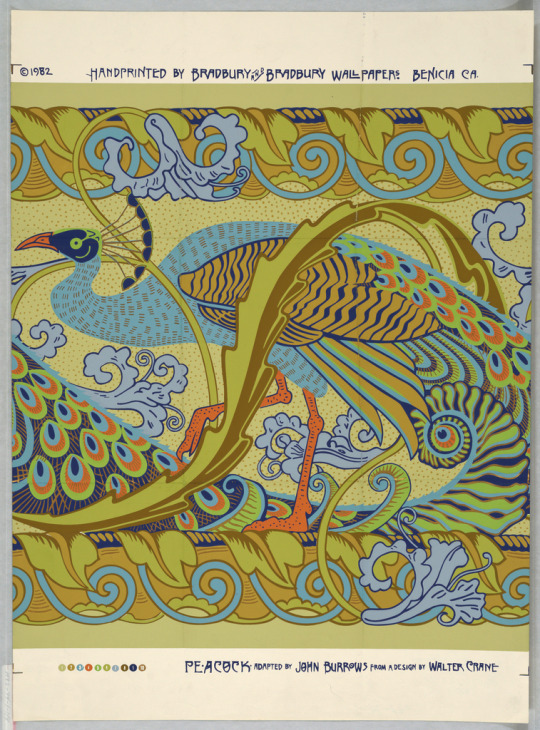
Frieze, Peacock, 1982, After Walter Crane (English, 1845–1915); Manufactured by Bradbury & Bradbury Wallpapers; USA; screen printed on paper; H 75 x W 56 cm (29 1/2 x 22 1/16 in.)
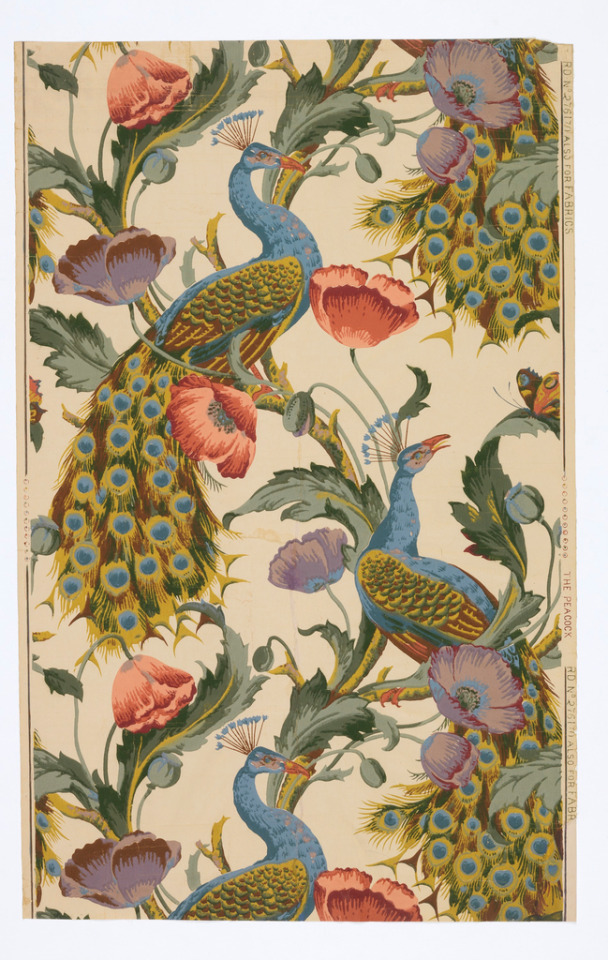
Sidewall, The Peacock, 1896; England; machine-printed paper; H 105 x W 56 cm (41 5/16 x 22 1/16 in.)
#animals in art#animal holiday#european art#20th century art#birds in art#19th century art#bird#birds#Cooper Hewitt#peacock#peacocks#National Peacock Day#American art#purse#sidewall#wall coverings#frieze#textiles
31 notes
·
View notes
Text

102 notes
·
View notes
Text
Fragments of Napoleon & crew:
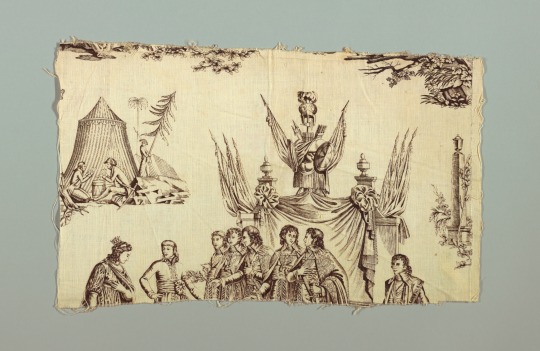
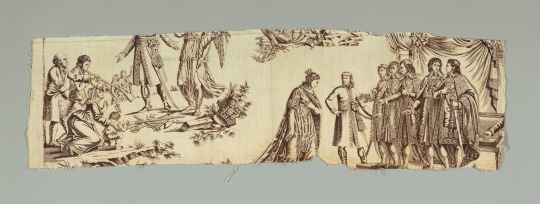
Detail of Napoleon:
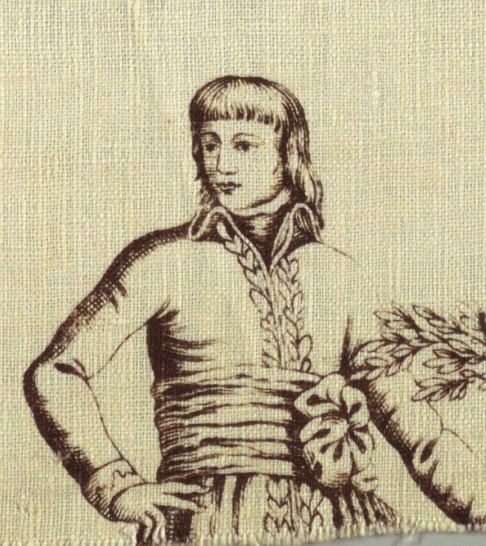
More details:
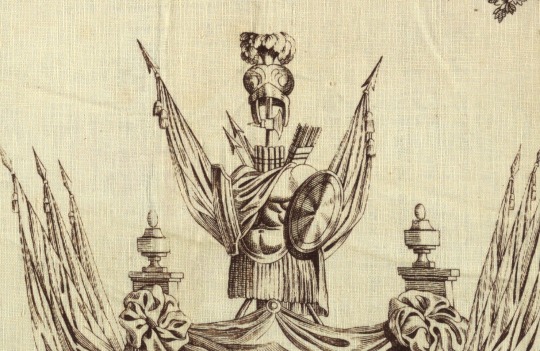
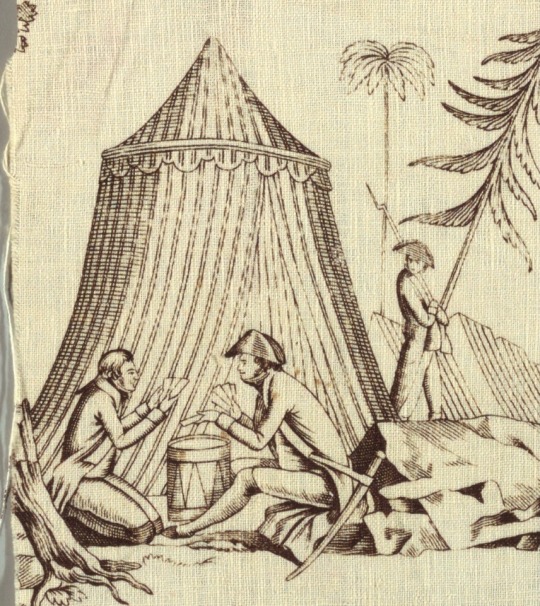
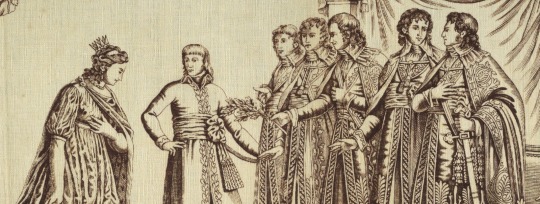
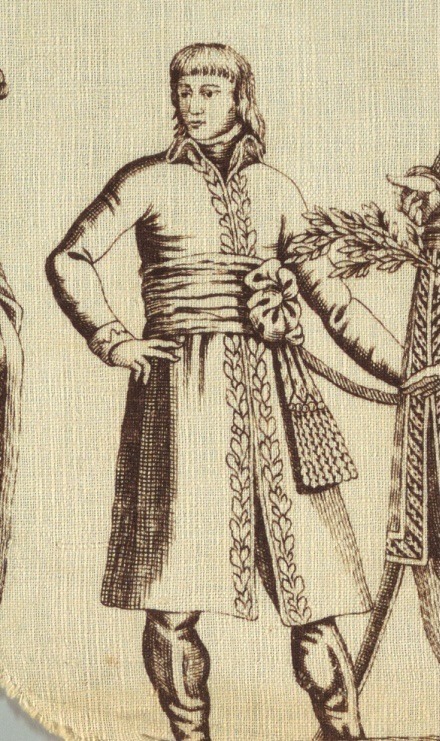
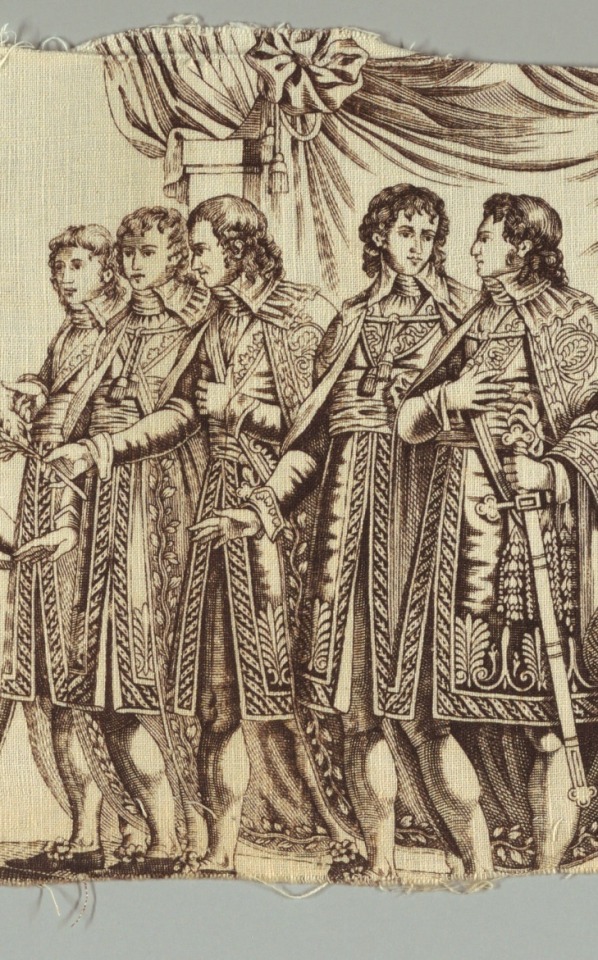
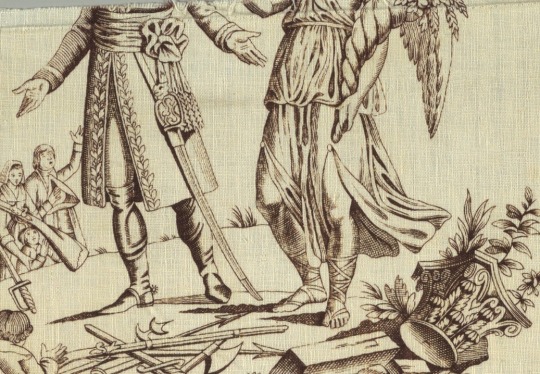

(Cooper Hewitt)
#Cooper Hewitt#fragments#textiles#fragment#design#Napoleon#napoleon bonaparte#napoleonic era#first French empire#french empire#napoleonic#military history#soldiers#1800s#19th century#history#France#neoclassical#neoclassicism#french revolution#la révolution française#révolution française#neoclassical art#art#fabric#toile#weave#cotton#patterns
28 notes
·
View notes
Photo

Curtain & Border Fragments, 3rd–4th century. Linen, wool. Tapestry woven. Via Cooper Hewitt
12 notes
·
View notes
Text

Norman Bel Geddes | Cooper Hewitt | Duille
6 notes
·
View notes
Text

From the Cooper Hewitt Museum
4 notes
·
View notes
Text
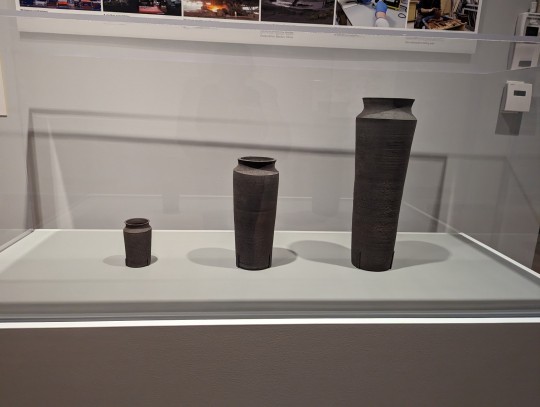


I thought these were so incredibly cool. Pottery made from toxic/carcinogenic clay. The size of each vessel corresponds to the amount of toxic materials involved in the production of various consumer electronics such as a laptop or smartphone.
#rare earthenware#rare earth metals#kate davies#liam young#kevin callaghan#unknown fields#toxic waste#commentary on society via pottery!!!#cooper hewitt
3 notes
·
View notes
Text
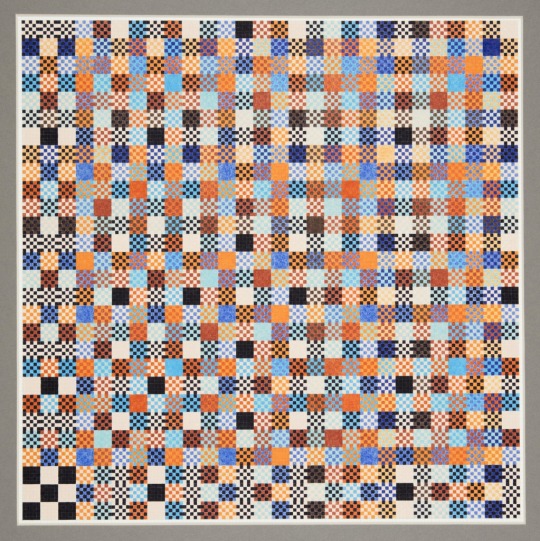
Richard Landis, Nucleus, (color pencil on paper), 1977 [Cooper Hewitt, Smithsonian Design Museum, New York, NY. © Richard Landis]
#art#textile#weaving#drawing#geometry#pattern#richard landis#cooper hewitt#smithsonian design museum#1970s
264 notes
·
View notes
Link
This art nouveau exhibition includes some beautiful single tone embroideries as well as jewels, demonstrating how this style appeared in everything from the Paris Metro to around the necks of women.
#art nouveau#art nouveau embroideries#vintage embroidery#vintage embellishment#art nouveau jewelry#vintage jewelry#cooper hewitt museum#cooper hewitt#design history#design history exhibition
16 notes
·
View notes
Text
#TwoForTuesday:
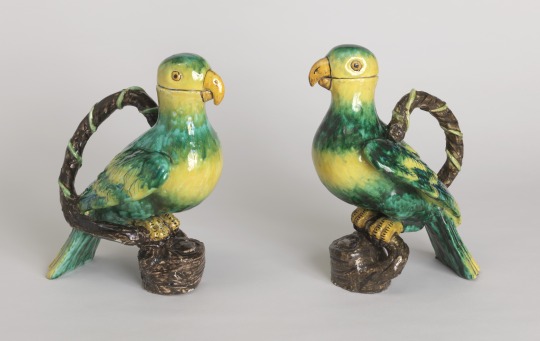
Pair of Parrot Pitchers
manufactured by Holiçs (Hungary), late 18th c.
tin-glazed earthenware
a) H x W x D: 22.8 × 14.3 × 20 cm (9 in. × 5 5/8 in. × 7 7/8 in.)
b) H x W x D: 22.8 × 14.6 × 20 cm (9 in. × 5 3/4 in. × 7 7/8 in.)
Cooper Hewitt, Smithsonian Design Museum collection
#animals in art#european art#birds in art#bird#birds#parrot#parrots#pitcher#pair#ceramics#pottery#Hungarian art#decorative arts#Two For Tuesday#Cooper Hewitt#18th century art
11 notes
·
View notes
Text
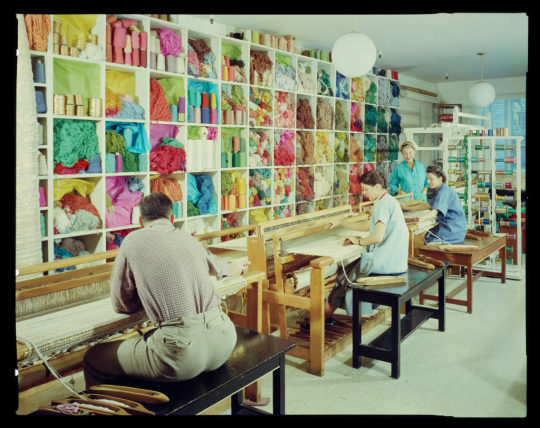
DREAM WEAVING
There's a small, smart exhibit about textile designer Dorothy Liebes at the Cooper-Hewitt museum called A Dark, A Bright, A Light: The Designs of Dorothy Liebes. Liebes, who started as an artisinal weaver in San Francisco in the 1920's, established a design studio in New York that served an astounding array of architectural, fashion and industrial clients. She designed handbags with Coach, dresses with Bonnie Cashin, car seats with Pontiac, and fabrics with DuPont, developing colorful textured weaves that feel, today, like a fevered, pre-hippie brand of mid-century modernism.
The display is engaging, incorporating dressed mannequins, upholstered furniture, design sketches, photographs, print advertisements, textile samples, and best of all, yardages from some of Liebes' most innovative weaves. These, displayed hanging, are truly joyful. They incorporate surprising asymmetrical motifs, figures in bold relief, and unconventional materials like cellophane, aluminum, vinyl, wood, and even, in one panel, a measuring tape.
But my experience of the show and impression of Liebes were marred by the captions. Pieces on display here include: Mexican Plaid (1938), Shangri La (1947), Chinese Ribbons (1947), Drapery Panel for the Persian Room at the Plaza Hotel (1950), "Noh" Jacket and "Panung" Style Skirt (1957). The show champions her, correctly, as a design pioneer and accomplished businesswoman at a time when women weren't welcomed in design professions. It was also, clearly, a time when Americans practiced a zany, carefree exoticism. I wouldn't describe this as appropriation, because the works here don't seem to resemble traditional textiles from any of the foreign cultures named.
Nonetheless these names leaves a stinging aftertaste. There were Mexican, Chinese and Persian populations in the United States at this time Liebe worked. This exhibit takes her work very, very seriously. Will works by Mexican, Chinese or Persian artists be considered the same way?
Photographer unnamed, Dorothy Liebes Studio, New York City, ca. 1957; Dorothy Liebes Papers, Archives of American Art, Smithsonian Institution
2 notes
·
View notes
Link
7 notes
·
View notes
